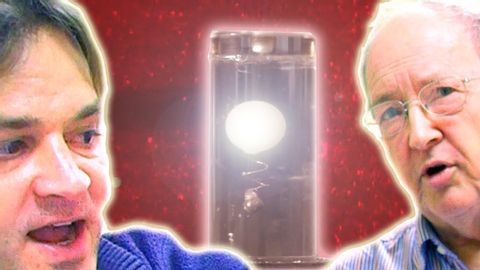
Subtitles & vocabulary
Little Swimmers - Sixty Symbols
00
林宜悉 posted on 2020/03/30Save
Video vocabulary
stretch
US /strɛtʃ/
・
UK /stretʃ/
- Verb (Transitive/Intransitive)
- To make your arm, leg muscles long to ease them
- To make something bigger by pulling on it
- Noun
- Making arm, leg muscles longer to ease them
- A consecutive row of things
A2TOEIC
More experiment
US /ɪkˈspɛrəmənt/
・
UK /ɪk'sperɪmənt/
- Noun (Countable/Uncountable)
- Test performed to assess new ideas or theories
- A course of action tentatively adopted without being sure of the eventual outcome.
- Verb (Transitive/Intransitive)
- To create and perform tests to research something
- To try something new that you haven't tried before
A2TOEIC
More develop
US /dɪˈvɛləp/
・
UK /dɪ'veləp/
- Verb (Transitive/Intransitive)
- To explain something in steps and in detail
- To create or think of something
A1TOEIC
More fear
US /fɪr/
・
UK /fɪə(r)/
- Noun (Countable/Uncountable)
- Unpleasant feeling caused by being aware of danger
- A feeling of reverence and respect for someone or something.
- Verb (Transitive/Intransitive)
- To be afraid of or nervous about something
A1TOEIC
More Use Energy
Unlock All Vocabulary
Unlock pronunciation, explanations, and filters
